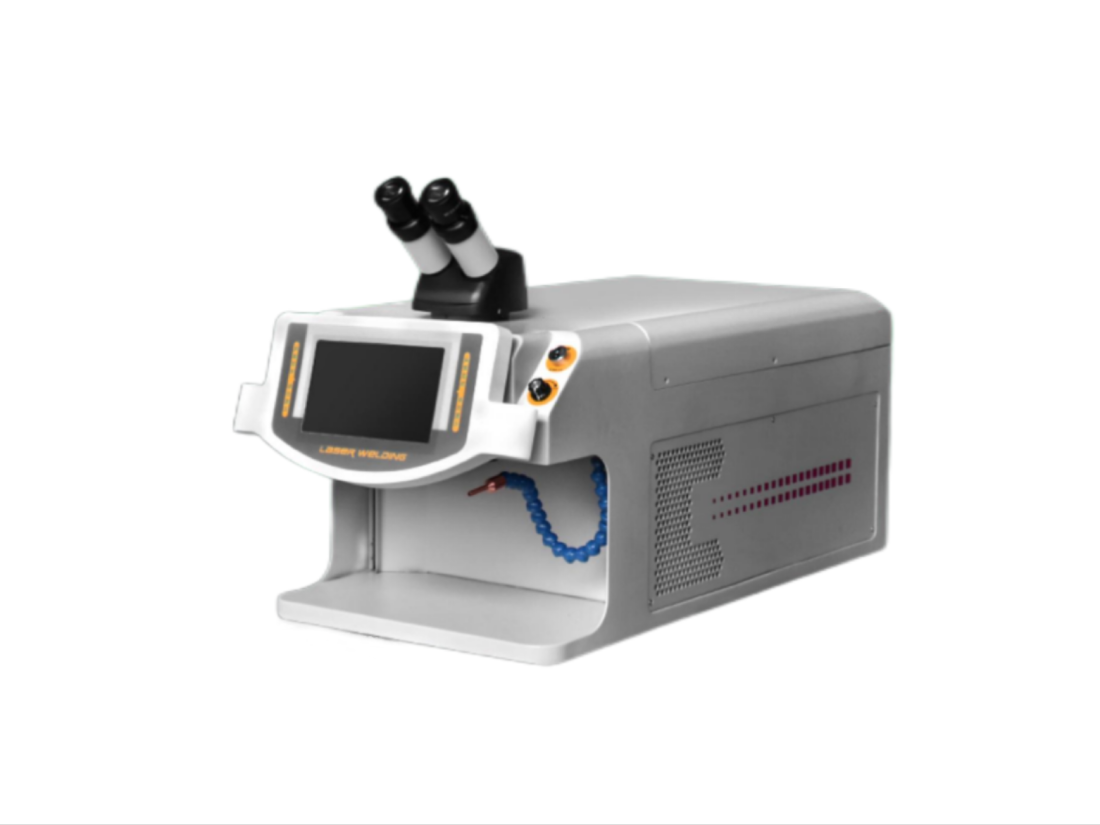- No.609, Centre Of Huijin Nanxiang, Yinxiang Road, Nanxiang Town, Jiading District, Shanghai, China
- sherry@sanmachines.com
- +86-18616767021
Analysis of Application Trends of Laser Mold Welding Machines in the Lithium Battery Industry!
The application of laser mold welding technology in the lithium battery industry is experiencing rapid growth, driven by advancements in precision manufacturing and the increasing demand for high-performance energy storage solutions. Below is a comprehensive analysis of its development trends:
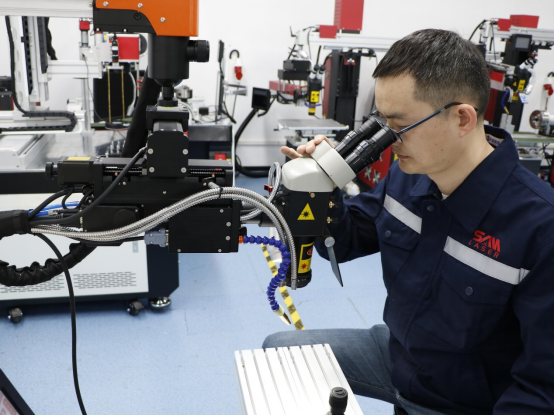
Technological Advancements and Precision Requirements
Laser welding has become indispensable in critical battery manufacturing processes, such as welding battery tabs, cell casings, safety valves, and cooling plates. Its advantages—including minimal heat-affected zones, high repeatability, and reduced material deformation—ensure structural integrity and safety of lithium batteries. For example, laser welding enables continuous sealing of safety valves, enhancing production efficiency while maintaining consistency in large-scale manufacturing.
Market Expansion and Industry Growth
The global lithium battery laser welding market is projected to grow at a compound annual growth rate (CAGR) of [X]% from 2024 to 2030, fueled by the booming electric vehicle (EV) sector. By 2025, China’s EV market alone is expected to exceed RMB 160 billion, with laser welding playing a pivotal role in battery module assembly. Leading manufacturers, such as Han's Laser and HGTECH, are expanding their R&D investments to develop specialized equipment for high-speed, automated production lines.
Policy Support and Sustainability Trends
Government initiatives promoting carbon neutrality and green manufacturing are accelerating the adoption of laser welding. Policies emphasizing energy efficiency and reduced emissions align with the technology’s eco-friendly attributes, such as low energy consumption and zero pollutant emissions. Additionally, standardization of laser welding processes is improving quality control across the supply chain.
Challenges and Future Directions
Despite its advantages, challenges remain, including high initial equipment costs and the need for skilled operators. Future trends focus on integrating AI and IoT for real-time monitoring, adaptive welding parameters, and predictive maintenance. Innovations in fiber laser technology (e.g., quasi-continuous and continuous lasers) are expected to further enhance welding speed and flexibility for complex battery designs.
In summary, laser mold welding machines are poised to dominate lithium battery manufacturing due to their precision, scalability, and alignment with global sustainability goals. Their application will continue to expand as EV adoption rises and manufacturing processes evolve toward higher automation and intelligence.
Get professional support now
Related product links


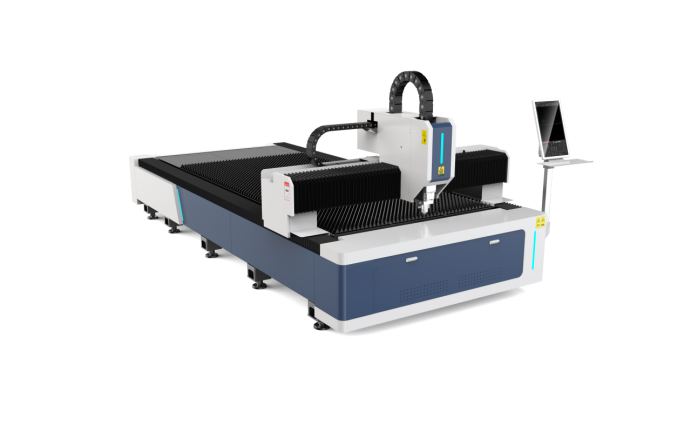
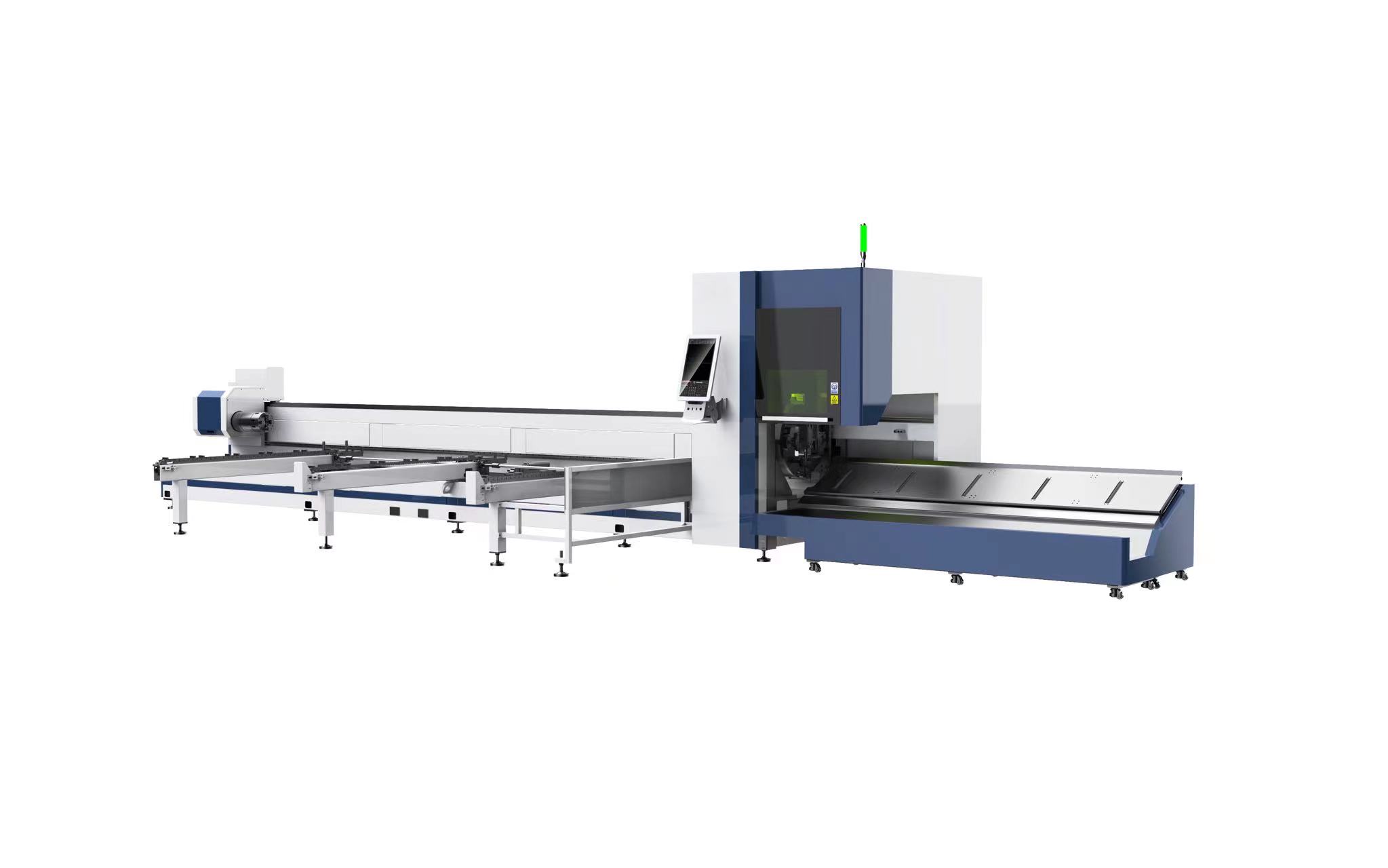
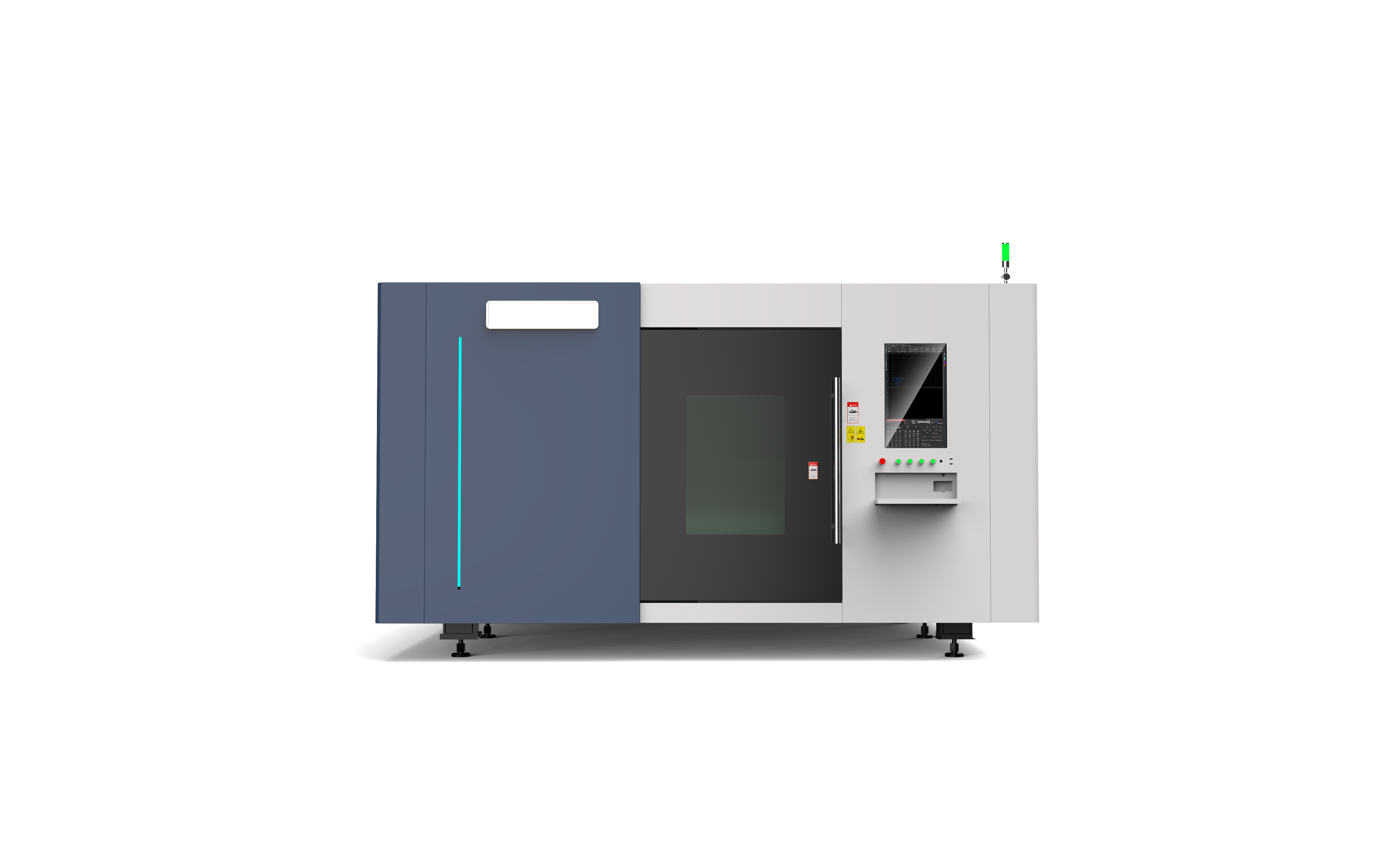
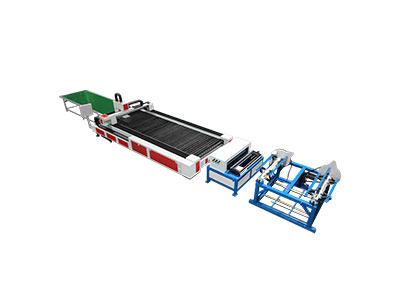
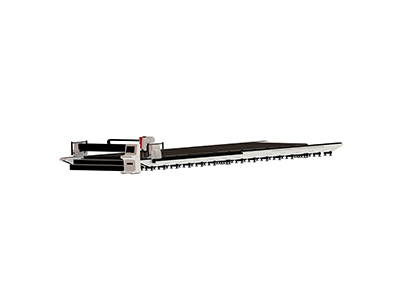
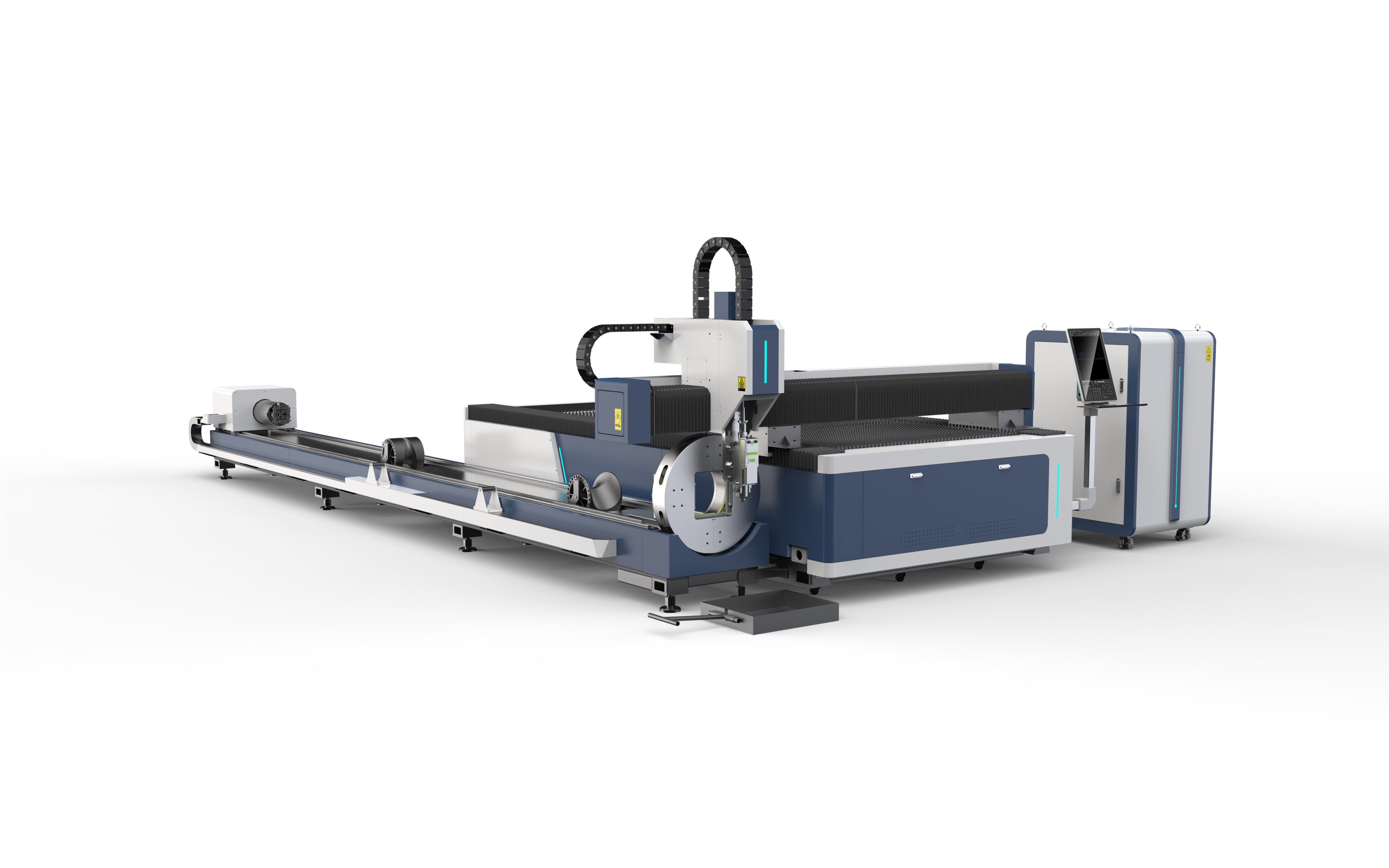
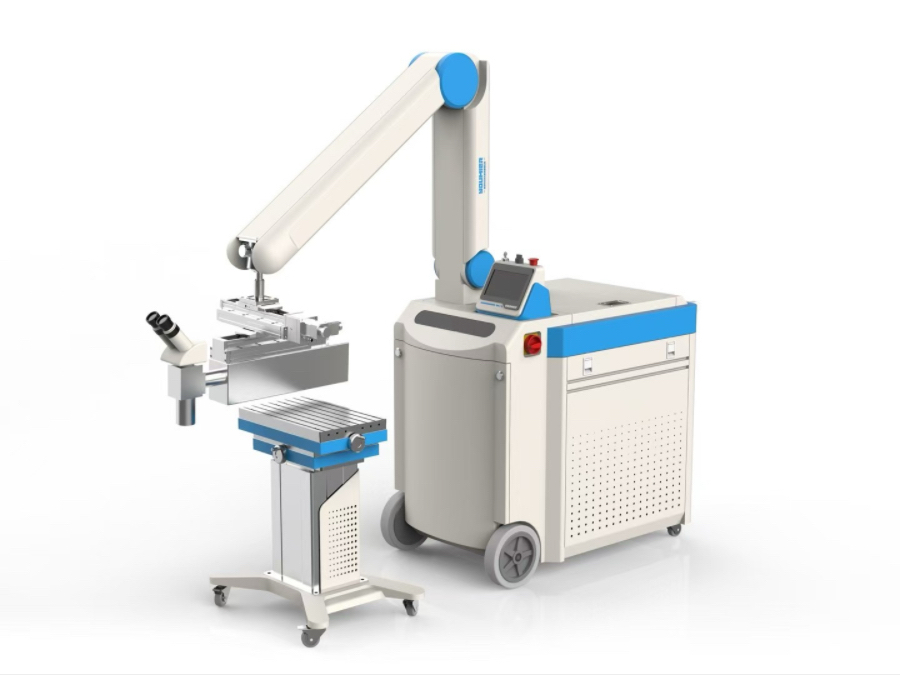
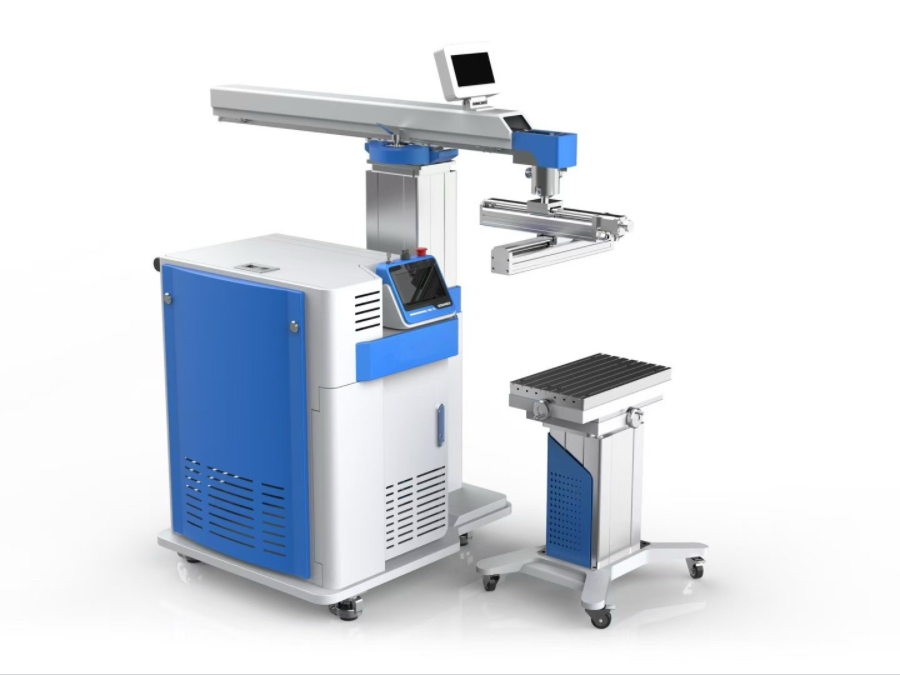
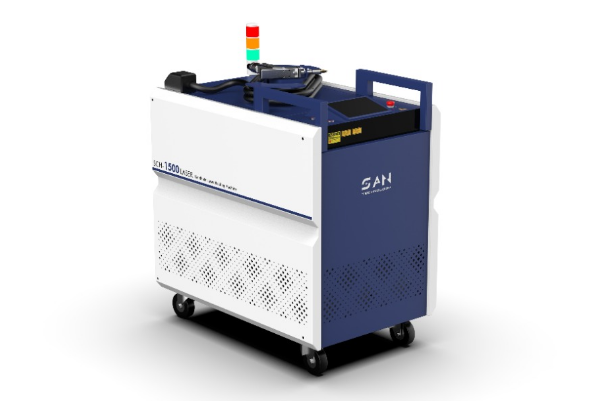
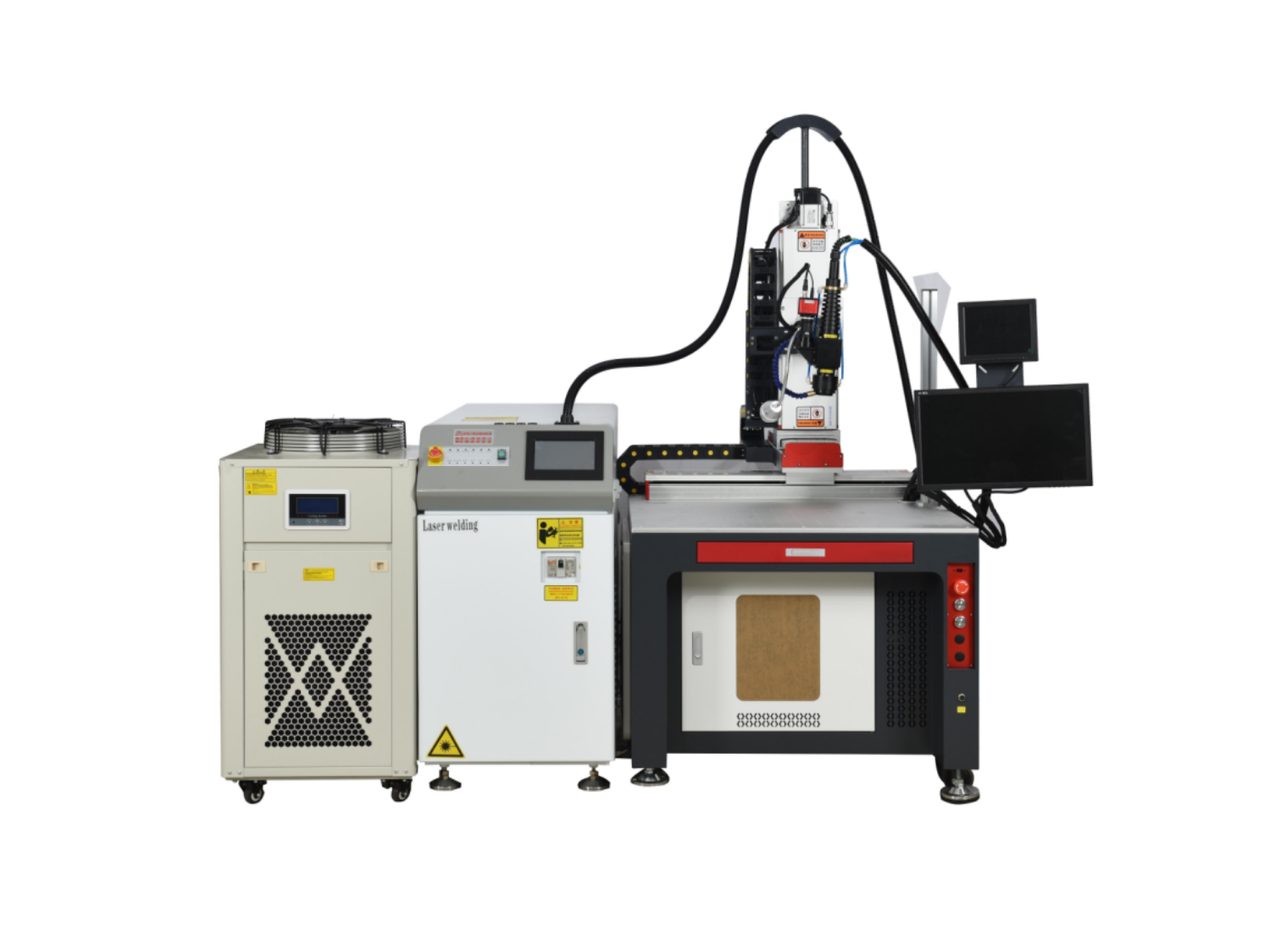
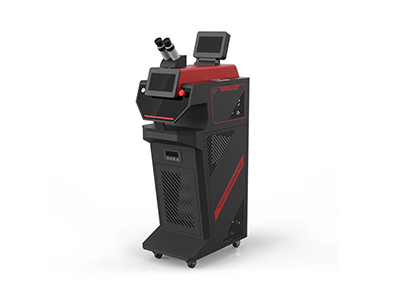
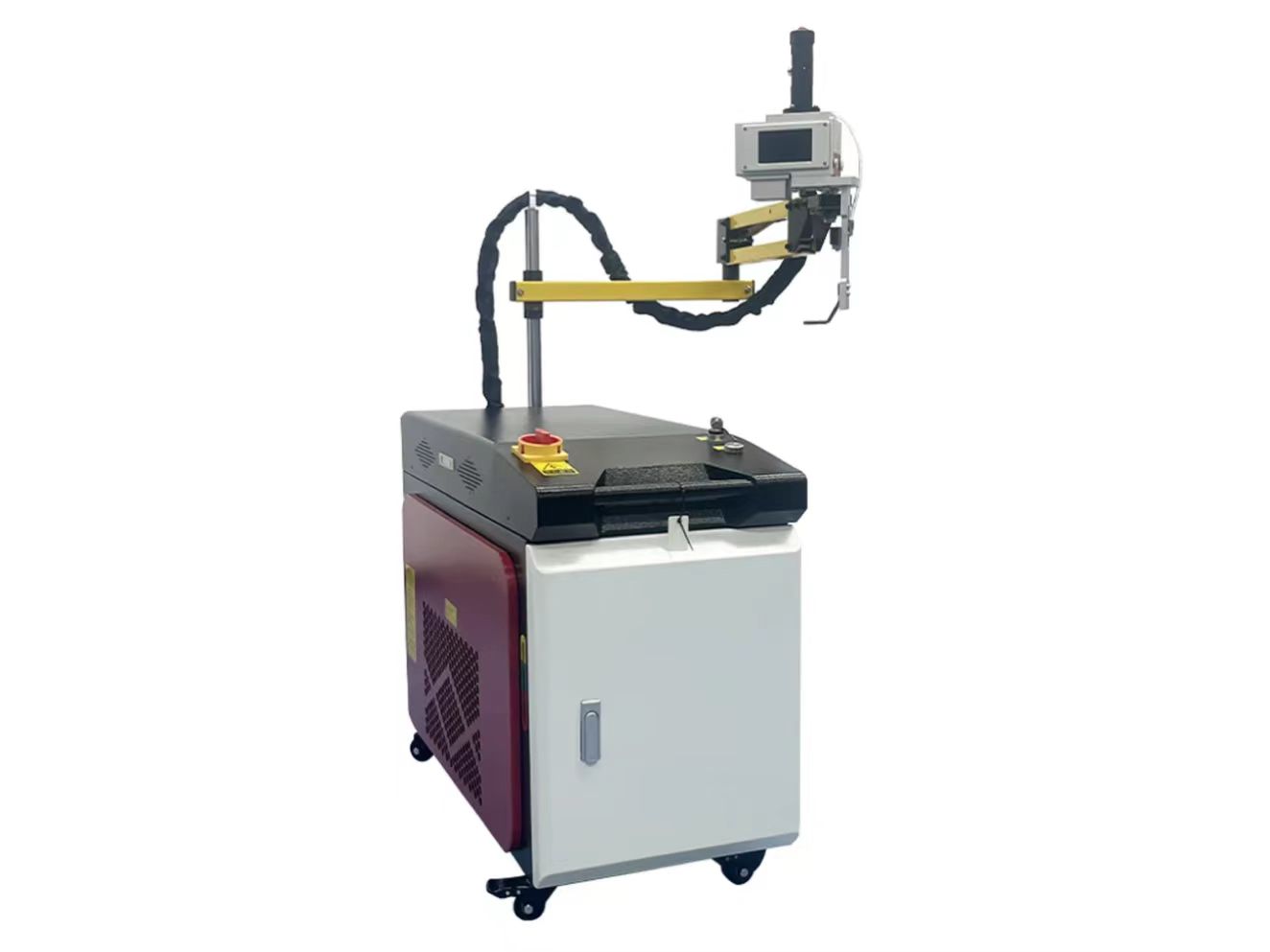

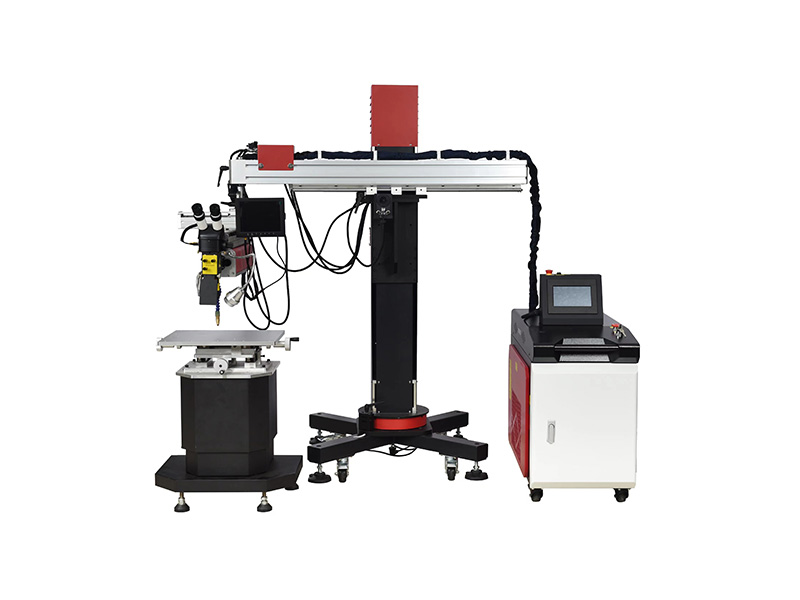
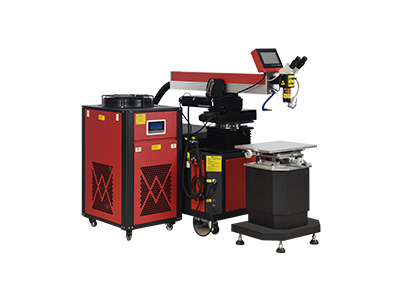
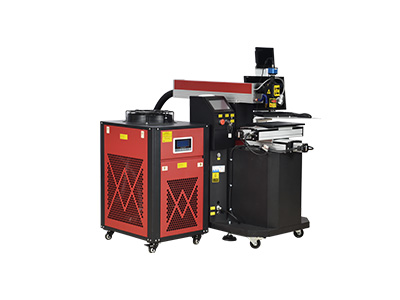
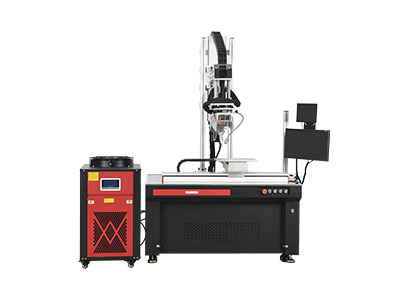


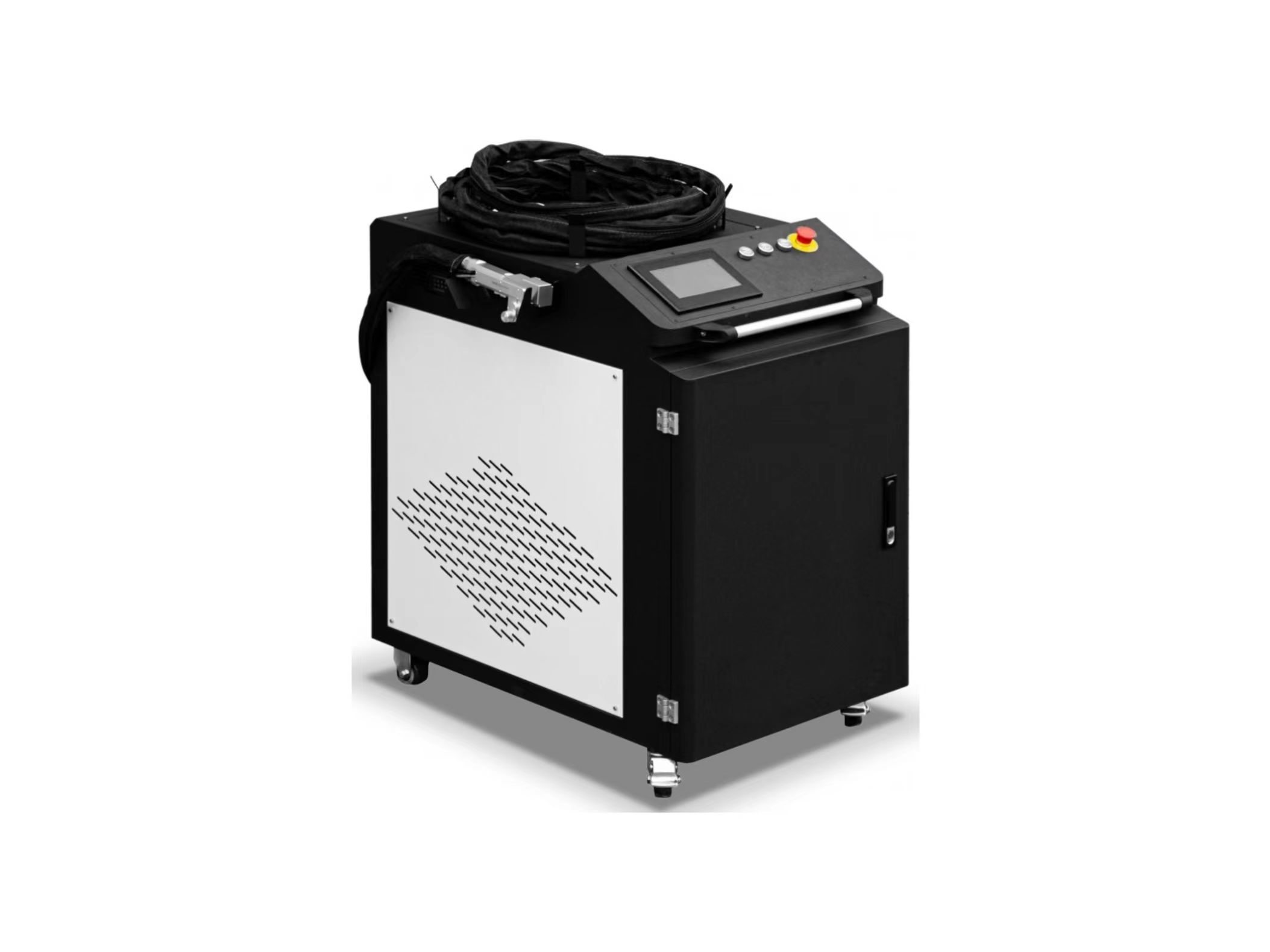
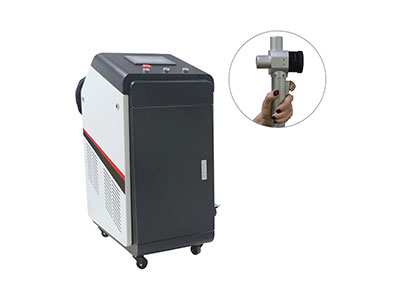
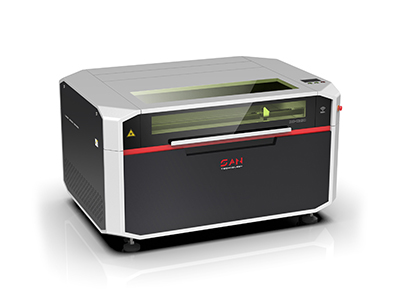




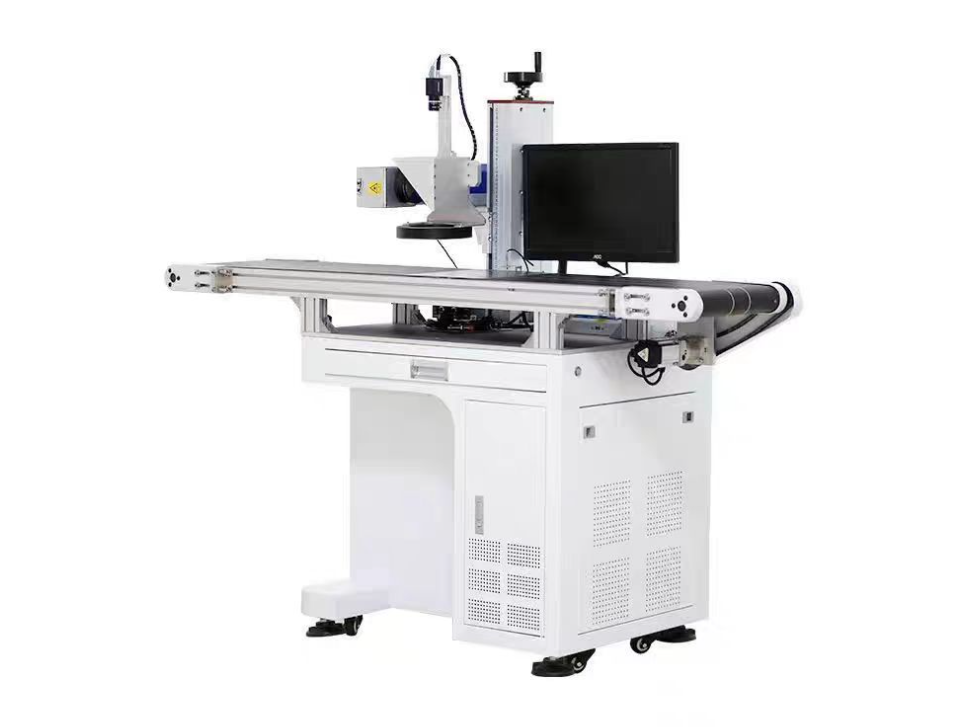
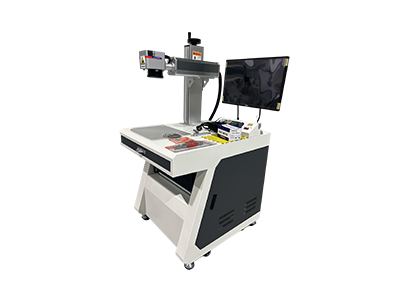
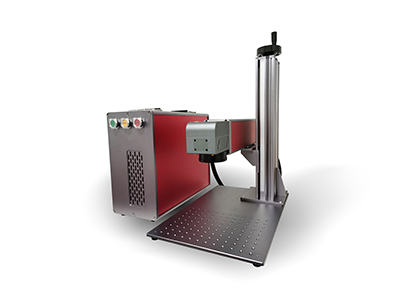
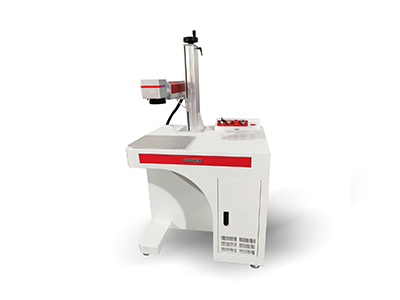
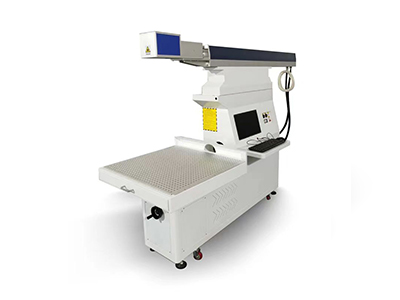
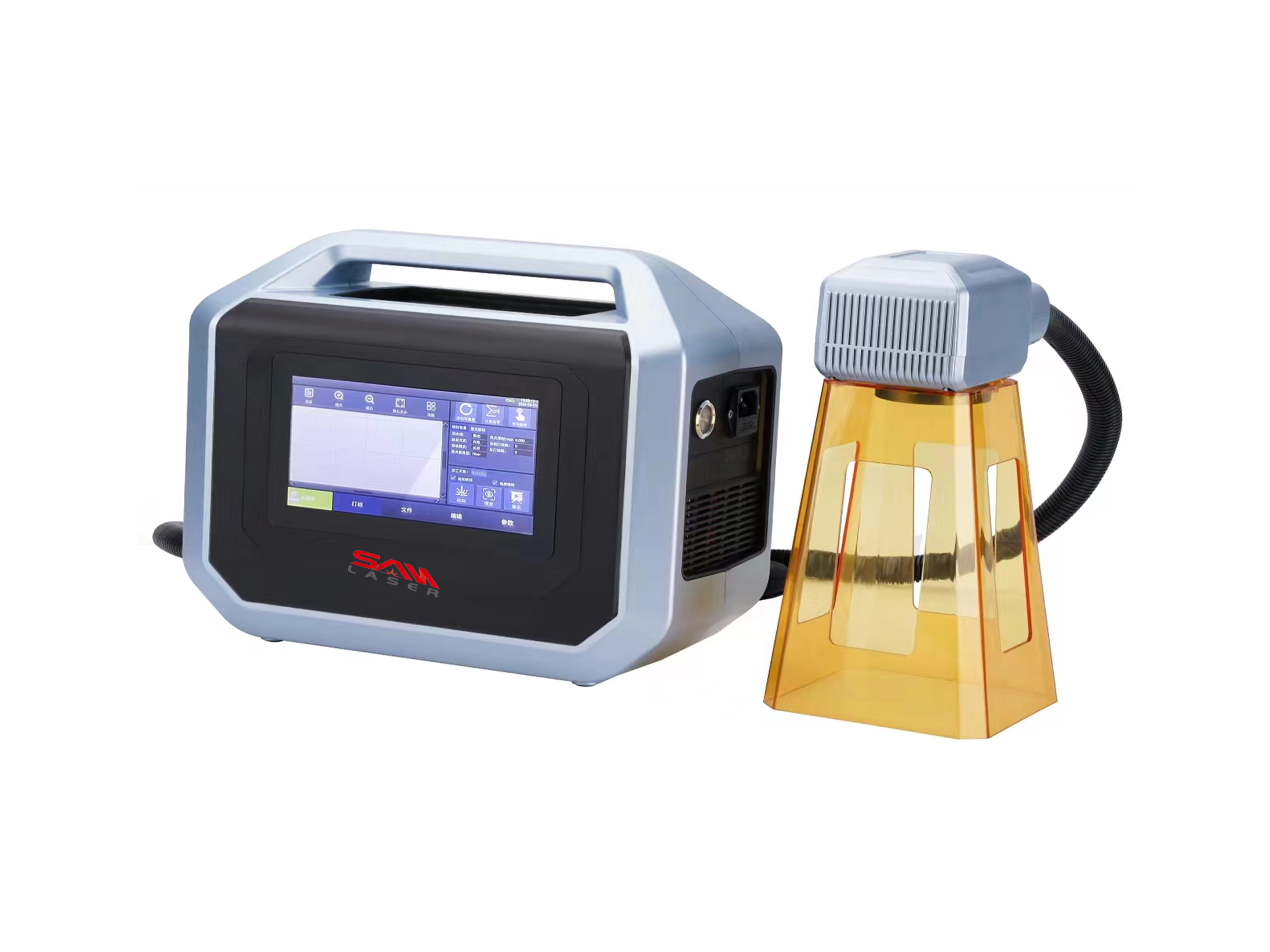
 Welder News
Welder News
